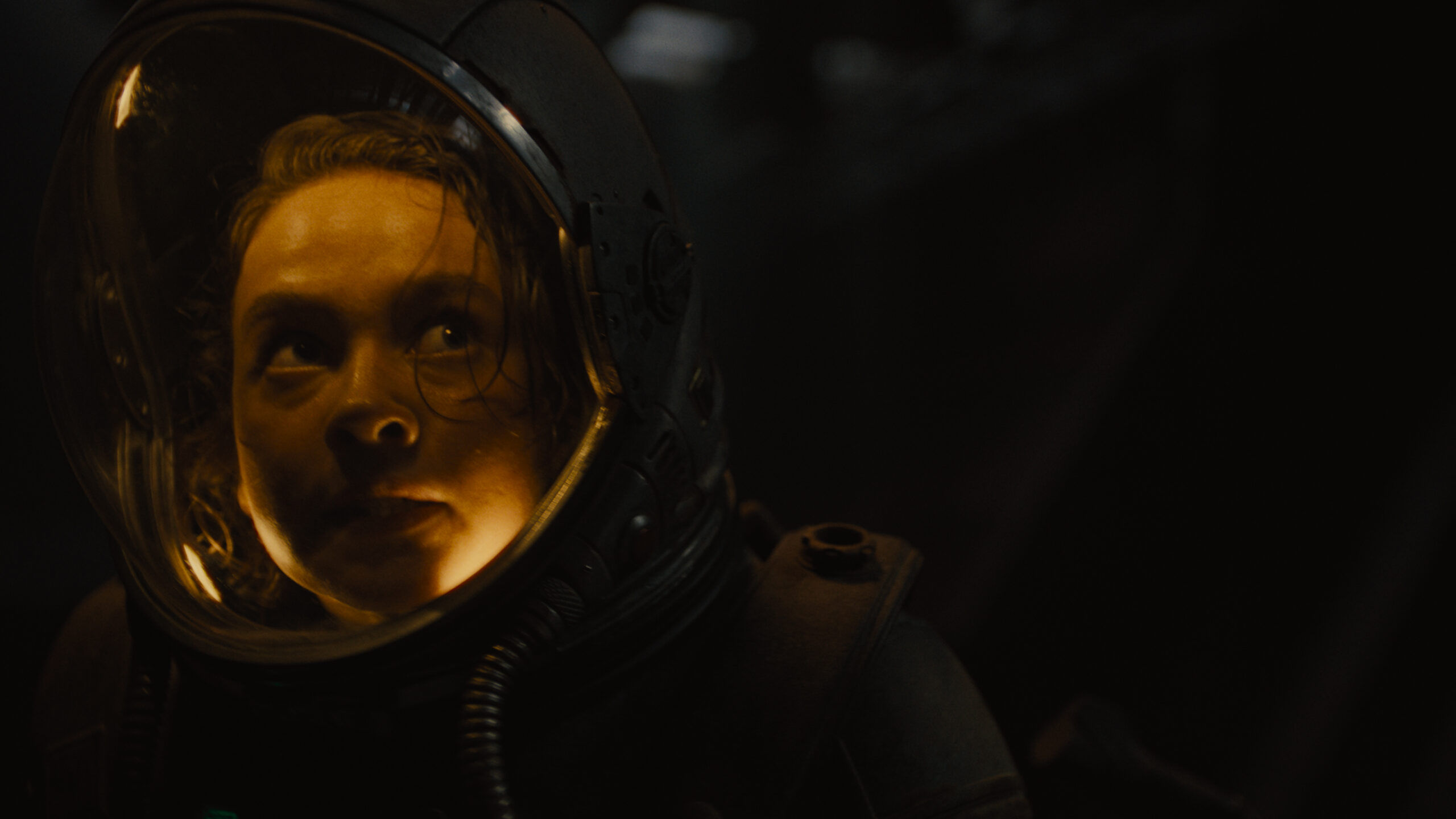‘Alien: Romulus’: A Xenomorphic Nightmare That Screams Success

Writer Joseph J. Airdo // Phoenix Film Critics Society
In the vast, cold expanse of space, terror finds a new home with “Alien: Romulus,” the latest heart-stopping entry in the iconic sci-fi horror franchise. Director Fede Álvarez delivers a relentless thrill ride that will satisfy longtime fans and newcomers alike, proving that after more than four decades, there’s still plenty of life in this xenomorphic series.
Set between the events of “Alien” (1979) and “Aliens” (1986), this standalone interquel follows a group of young space colonists who encounter the terrifying Xenomorphs while scavenging a derelict space station. From the moment they step onto the abandoned Renaissance station, Álvarez crafts an experience that grips viewers and doesn’t let go, quickly shifting from a sci-fi-heavy first act into a nonstop rollercoaster of tension, action and horror.
Álvarez, known for his work on “Don’t Breathe,” brings his expertise in creating nail-biting suspense to “Romulus.” A standout scene features the characters navigating a corridor in near-complete silence, desperately trying to control their emotions and body temperature to avoid detection by the Xenomorphs. This sequence showcases Álvarez’s skill in building and maintaining tension, leaving audiences on the edge of their seats.
The young cast delivers solid performances, with Cailee Spaeny as Rain Carradine providing a capable lead. However, it’s David Jonsson as Andy and Isabela Merced as Kay who truly shine, bringing depth and intensity to their roles. Merced, in particular, excels in the horror elements, delivering bone-chilling screams that heighten the film’s terror.
Visually, “Romulus” is a feast for the eyes. The cinematography effectively amplifies the sense of uneasiness and claustrophobia, while the visual effects bring the Xenomorphs to life with terrifying detail. Close-ups of the creatures, with their snarling teeth and acidic drool, are nightmare-inducing. The way the aliens move, both in clear view and camouflaged in dark corners, adds another layer of fear to the experience.
However, it’s the sound design that truly elevates “Romulus” to new heights. The film’s audio landscape is rich and immersive, from the rumbling of the space station to the bloodcurdling growls of the Xenomorphs. This attention to sonic detail creates a fully realized and terrifying environment that demands to be experienced in a theater with a top-notch sound system.
Action sequences in “Romulus” are inventive and exhilarating. A particularly memorable scene set in an elevator shaft during a zero-gravity situation, followed by a sudden return of gravity, showcases the film’s ability to create unique and intense moments of peril.
While “Romulus” excels in delivering scares and thrills, it doesn’t delve deeply into thematic territory. The film touches on ideas such as artificial intelligence and chosen families but primarily focuses on providing pure escapist entertainment — a goal it achieves with flying colors.
“Alien: Romulus” strikes an excellent balance between sci-fi elements and horror, making it accessible to a wider audience than some of its predecessors. It honors the franchise’s legacy while carving out its own identity, proving that there’s still life in the “Alien” series.
With its intense atmosphere, impressive visuals and masterful sound design, “Alien: Romulus” demands to be seen on the big screen. It’s a triumphant return to form for the franchise, offering a 2-hour adrenaline rush that will leave audiences breathless and craving more.




